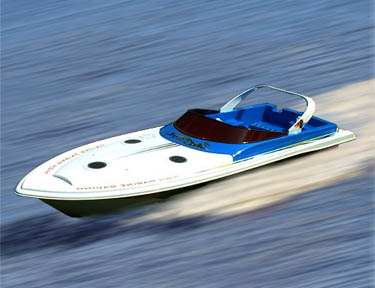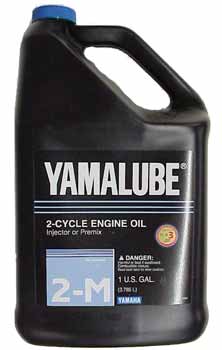 Yamalube oils are of such high quality that they often end up used as the standard test oil for many of the National Marine Manufacturers Association (NMMA) TC-W3® certifications. The long-term goals of the two-cycle outboard boating engine industry have been to reduce emissions from oil that has passed through engines, developing a quality of oil that reduces the necessary ratio of oil to fuel, and ultimately prolonging the life of the engine. When these goals are achieved, emissions are significantly reduced, which satisfies or exceeds EPA requirements. There are also less warranty and maintenance issues with customers in the long run. TC-W3® lubricant is an NMMA owned trademark. Evolving through the years with the help of exhaustive testing and research, it has not only proven to be the level of lubrication performance quality required, but has consistently exceeded EPA emissions reduction requirements as two-cycle outboard engines have moved toward higher cylinder temperatures and compressions and increasingly demanding conditions. NMMA sanctions only two cycle lubricants that meet or exceed stringent regulations in their own designated laboratories. Tests include a variety of performance-based measurements for fluidity, lubricity, viscosity, carbon buildup on engine pistons, and ring sticking. The chemical makeup of the TC-W3® oils vary due to the unique additive packages incorporated into each individual oil brand. TC-W3® oils are recognized worldwide as being recommended for use by two cycle oil makers.
Yamalube oils are of such high quality that they often end up used as the standard test oil for many of the National Marine Manufacturers Association (NMMA) TC-W3® certifications. The long-term goals of the two-cycle outboard boating engine industry have been to reduce emissions from oil that has passed through engines, developing a quality of oil that reduces the necessary ratio of oil to fuel, and ultimately prolonging the life of the engine. When these goals are achieved, emissions are significantly reduced, which satisfies or exceeds EPA requirements. There are also less warranty and maintenance issues with customers in the long run. TC-W3® lubricant is an NMMA owned trademark. Evolving through the years with the help of exhaustive testing and research, it has not only proven to be the level of lubrication performance quality required, but has consistently exceeded EPA emissions reduction requirements as two-cycle outboard engines have moved toward higher cylinder temperatures and compressions and increasingly demanding conditions. NMMA sanctions only two cycle lubricants that meet or exceed stringent regulations in their own designated laboratories. Tests include a variety of performance-based measurements for fluidity, lubricity, viscosity, carbon buildup on engine pistons, and ring sticking. The chemical makeup of the TC-W3® oils vary due to the unique additive packages incorporated into each individual oil brand. TC-W3® oils are recognized worldwide as being recommended for use by two cycle oil makers.
Yamaha 2m oil is a NNMA TC-W3® approved 2 cycle oil formulated for extreme performance and the most grueling conditions your outboard motor will face. It surpasses the TC-W3® requirements for outboard motor oil formulations, preventing varnish and wear, providing maximum rust and corrosion protection, and is versatile, appropriate for extended full-throttle, extended trolling, or everyday operation use. Since Yamaha 2m oil is formulated especially for outboard motors, it is not recommended for WaveRunner or sport boats.
Did you like this? Share it:
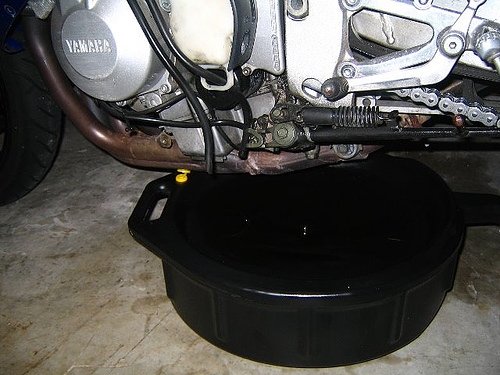


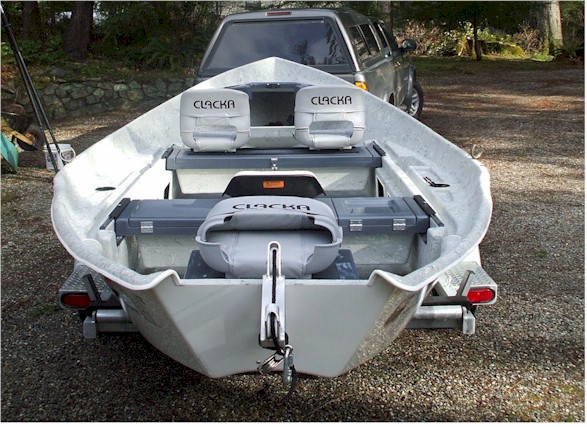 Boats are just like cars in that if they sit around for long enough they’re probably going to need some maintenance before they can be operated again. Unless you’re in Florida or southern California, it’s likely that you’re not taking your boat out for most of the year. One of the most important things you can do to keep your boat in tip-top shape is to check its oil. A dry engine can mean a dead engine and engines are expensive to replace.
Boats are just like cars in that if they sit around for long enough they’re probably going to need some maintenance before they can be operated again. Unless you’re in Florida or southern California, it’s likely that you’re not taking your boat out for most of the year. One of the most important things you can do to keep your boat in tip-top shape is to check its oil. A dry engine can mean a dead engine and engines are expensive to replace.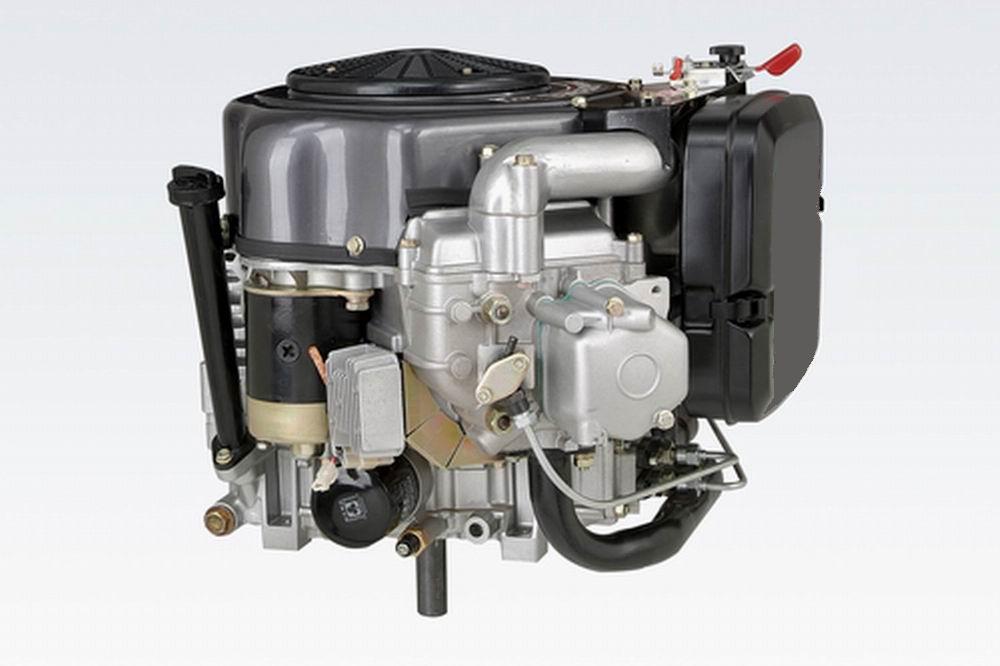
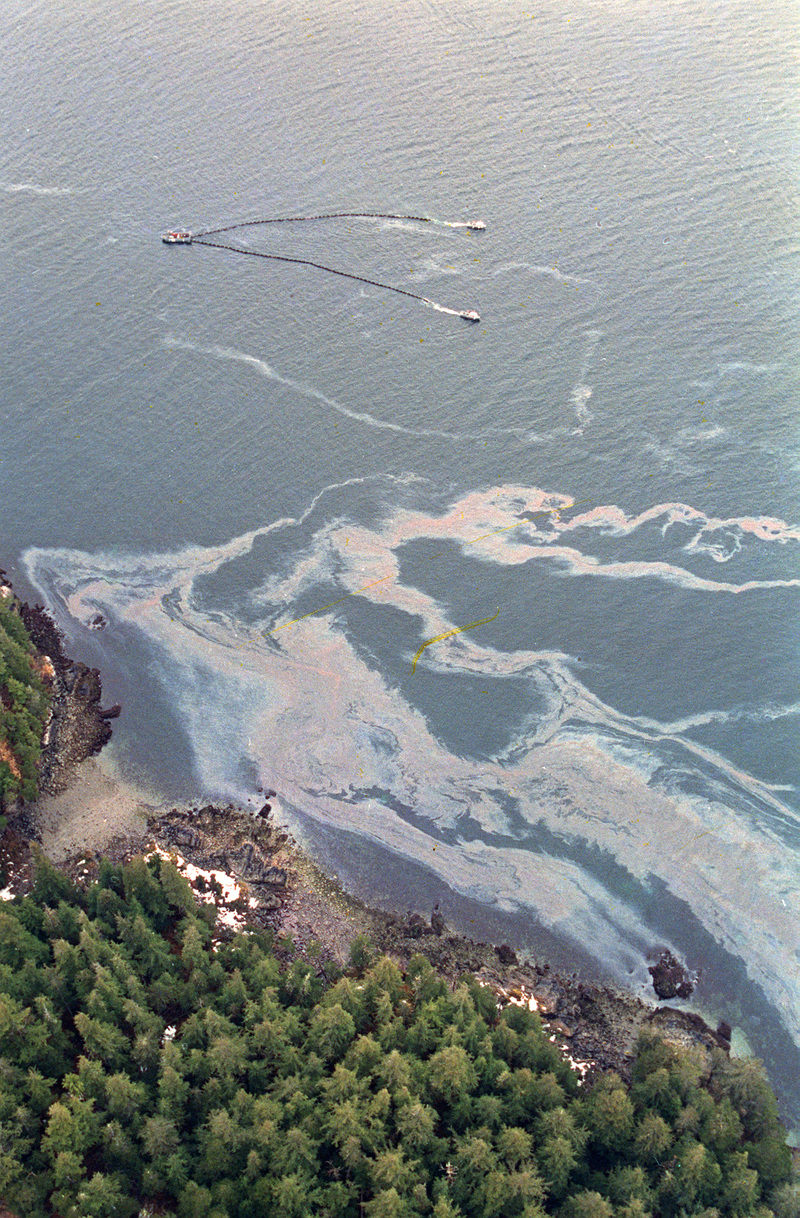
 As the patent medicines of the late 19th century firmly secured their hold on the American public, pharmaceutical companies began to search out more creative sources to find these “miracle drugs.” And crude oil was one of those discoveries.
As the patent medicines of the late 19th century firmly secured their hold on the American public, pharmaceutical companies began to search out more creative sources to find these “miracle drugs.” And crude oil was one of those discoveries. Many people may have the idea that oil comes from dinosaurs, but that isn’t quite right. Oil actually came from the plants and animals that lived in a marine environment millions of years ago, before the dinosaurs. As the years progressed, the remains of these plants and animals were covered with mud, and the heat and pressure from those layers turned the remains into “crude oil.”
Many people may have the idea that oil comes from dinosaurs, but that isn’t quite right. Oil actually came from the plants and animals that lived in a marine environment millions of years ago, before the dinosaurs. As the years progressed, the remains of these plants and animals were covered with mud, and the heat and pressure from those layers turned the remains into “crude oil.” Your boat may be straight out of the factory, but it’s already taken two hits when it comes to efficiency. Marine engines generally run at or near peak RPM for extended periods of time under heavy load conditions, according to outboardrepairs.com; every time they have to make it through a wave or a wake the engine has to strain to keep the RPM constant. Also, an extended period of time between uses is extremely common when it comes to boats, which allows for damaging corrosion to build up quickly.
Your boat may be straight out of the factory, but it’s already taken two hits when it comes to efficiency. Marine engines generally run at or near peak RPM for extended periods of time under heavy load conditions, according to outboardrepairs.com; every time they have to make it through a wave or a wake the engine has to strain to keep the RPM constant. Also, an extended period of time between uses is extremely common when it comes to boats, which allows for damaging corrosion to build up quickly.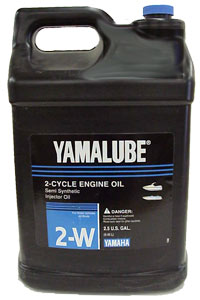 When choosing what kind of oil to use in your outboard engine, it’s not always wise to go with whatever’s cheap. In order to keep your motor running smoothly and for quite some time, do a little research into what type of oil will best suit your boat. Don’t scrimp on oil, because it will just cause you problems later.
When choosing what kind of oil to use in your outboard engine, it’s not always wise to go with whatever’s cheap. In order to keep your motor running smoothly and for quite some time, do a little research into what type of oil will best suit your boat. Don’t scrimp on oil, because it will just cause you problems later.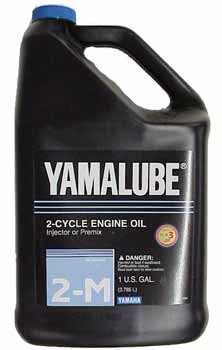 It may be difficult to choose the correct oil for your boat sometimes. There are so many varieties and manufacturers and promises of perfect performance out there, it can be a little overwhelming. But one myth to dispel early on – your oil brand and boat manufacturer don’t have to match up. That is, if you’re running a Yamaha boat, it isn’t completely necessary to use
It may be difficult to choose the correct oil for your boat sometimes. There are so many varieties and manufacturers and promises of perfect performance out there, it can be a little overwhelming. But one myth to dispel early on – your oil brand and boat manufacturer don’t have to match up. That is, if you’re running a Yamaha boat, it isn’t completely necessary to use  Yamalube oils are of such high quality that they often end up used as the standard test oil for many of the National Marine Manufacturers Association (NMMA) TC-W3® certifications. The long-term goals of the two-cycle outboard boating engine industry have been to reduce emissions from oil that has passed through engines, developing a quality of oil that reduces the necessary ratio of oil to fuel, and ultimately prolonging the life of the engine. When these goals are achieved, emissions are significantly reduced, which satisfies or exceeds EPA requirements. There are also less warranty and maintenance issues with customers in the long run. TC-W3® lubricant is an NMMA owned trademark. Evolving through the years with the help of exhaustive testing and research, it has not only proven to be the level of lubrication performance quality required, but has consistently exceeded EPA emissions reduction requirements as two-cycle outboard engines have moved toward higher cylinder temperatures and compressions and increasingly demanding conditions. NMMA sanctions only two cycle lubricants that meet or exceed stringent regulations in their own designated laboratories. Tests include a variety of performance-based measurements for fluidity, lubricity, viscosity, carbon buildup on engine pistons, and ring sticking. The chemical makeup of the TC-W3® oils vary due to the unique additive packages incorporated into each individual oil brand. TC-W3® oils are recognized worldwide as being recommended for use by two cycle oil makers.
Yamalube oils are of such high quality that they often end up used as the standard test oil for many of the National Marine Manufacturers Association (NMMA) TC-W3® certifications. The long-term goals of the two-cycle outboard boating engine industry have been to reduce emissions from oil that has passed through engines, developing a quality of oil that reduces the necessary ratio of oil to fuel, and ultimately prolonging the life of the engine. When these goals are achieved, emissions are significantly reduced, which satisfies or exceeds EPA requirements. There are also less warranty and maintenance issues with customers in the long run. TC-W3® lubricant is an NMMA owned trademark. Evolving through the years with the help of exhaustive testing and research, it has not only proven to be the level of lubrication performance quality required, but has consistently exceeded EPA emissions reduction requirements as two-cycle outboard engines have moved toward higher cylinder temperatures and compressions and increasingly demanding conditions. NMMA sanctions only two cycle lubricants that meet or exceed stringent regulations in their own designated laboratories. Tests include a variety of performance-based measurements for fluidity, lubricity, viscosity, carbon buildup on engine pistons, and ring sticking. The chemical makeup of the TC-W3® oils vary due to the unique additive packages incorporated into each individual oil brand. TC-W3® oils are recognized worldwide as being recommended for use by two cycle oil makers.